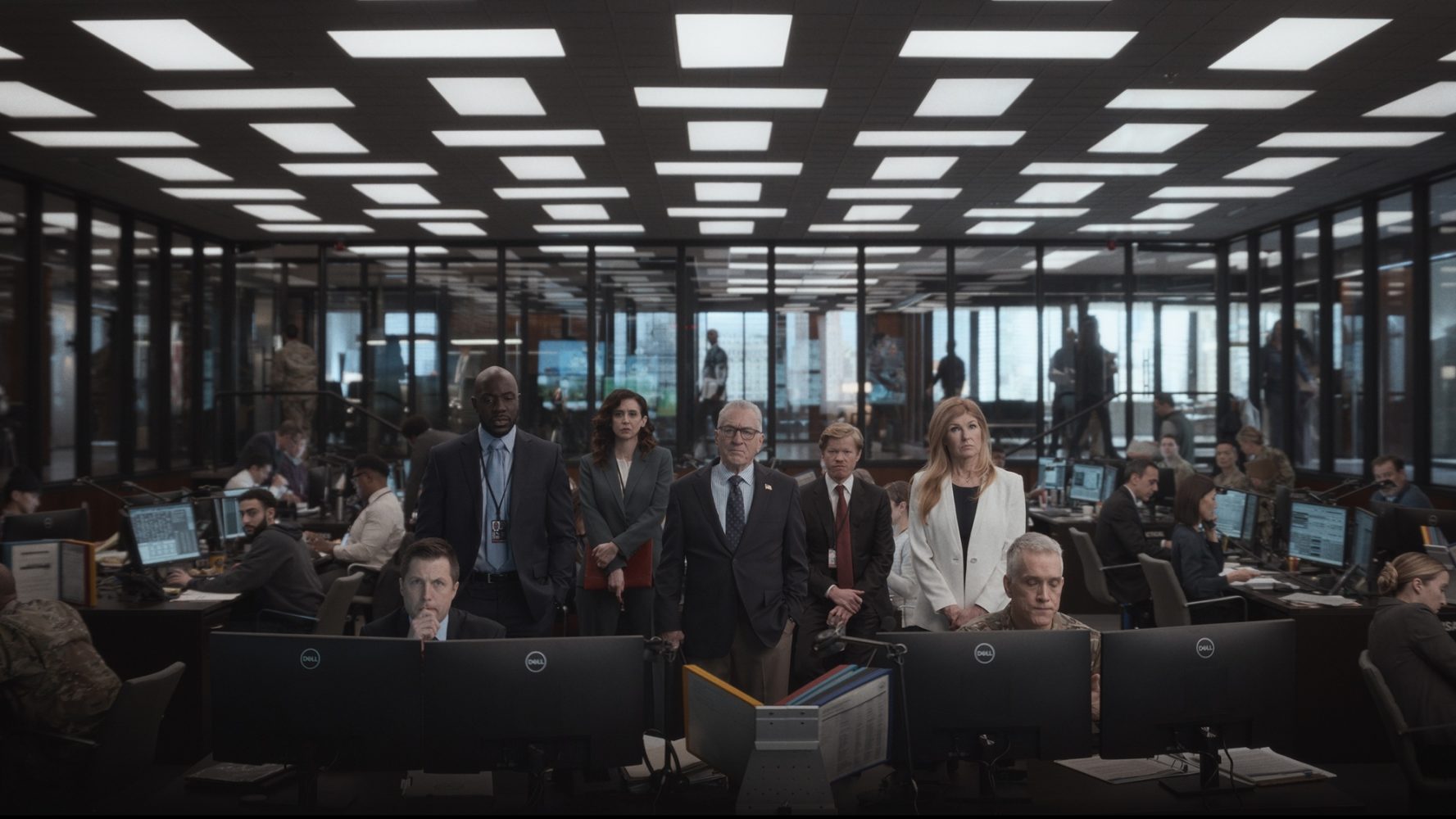Striking the Right Balance: The Perils of Over-Engineering and Under-Designing
In software development, the quest for rapid delivery often comes at the expense of thoughtful design. While speed is vital in today’s competitive market, it can lead to unintended consequences. An overly complicated product can be just as wasteful as one that is under-designed. Therefore, achieving the right balance between over-engineering and under-designing is critical. However, this balancing act is far from straightforward and is often riddled with challenges that result in inefficiencies, technical debt, and escalating complications. This issue has been highlighted by Naga Sai Krishna Mohan, a thought leader in the software development industry. Drawing from his extensive experience, Mohan sheds light on how the pitfalls of over-engineering and under-designing create a vicious cycle of short-term fixes and long-term problems. He recounted an experience where he inherited a software product from another team, intending to adapt it to meet new requirements. Initially, it seemed logical to implement gradual changes to address immediate needs. However, this approach quickly proved counterproductive. Each quick fix, intended as a temporary measure, introduced new problems, creating a chain reaction. Over time, the software became increasingly interdependent and difficult to manage. What could have been a relatively straightforward system, had it been designed thoughtfully from the outset, instead evolved into an overly complex and unwieldy product. This "band-aid" approach led to an accumulation of inefficiencies and technical challenges. In another instance, the challenges arose from the nature of the product's development. The product was built iteratively to meet evolving consumer demands but lacked a strong design foundation. As new features were added, the product grew bulky and convoluted. What began as a simple, user-friendly product, created to meet basic needs, gradually became overloaded with features. Enhancements and quick fixes were implemented without considering long-term scalability or cohesive redesign. Eventually, Mohan’s team had no choice but to step back and re-strategize. Reflecting on the experience, Mohan emphasized, “Investing time in proper design and execution upfront, while initially slower, could save us significant headaches and resource drain in the long run”. Mohan explains that the causes of over-engineering and under-designing are often rooted in industry pressures. The urgency from stakeholders and the constant demand to deliver new features quickly can overshadow the need for thorough planning and solid architectural decisions. To meet aggressive deadlines, teams may prioritize short-term, tactical fixes over comprehensive redesigns. While this approach may deliver quick wins, it often comes at the cost of long-term sustainability. The result is an overly complex system that struggles to grow, adapt, and evolve effectively. Striking the balance between over-engineering and under-designing requires creating solutions that are not only effective for immediate needs but also scalable for future growth. To achieve this, user requirements must remain the central focus to ensure the system stays simple yet adaptable. However, it is equally important to recognize when compromises are acceptable. For non-critical aspects, selectively applying a “what’s in it for me” mindset, prioritizing short-term utility can be beneficial. In contrast, for core elements of the system, where durability, scalability, and long-term expansion are essential, a more deliberate and thorough redesign is the wiser choice. Lastly, the tension between over-engineering and under-designing remains a persistent challenge in software development. Yet, with thoughtful planning, a focus on architecture, and a long-term vision, it is possible to build systems that address current requirements while remaining flexible enough to accommodate future demands. As suggested by thought leaders like Naga Sai Krishna Mohan, a strong foundation in software development is essential as sound design is the cornerstone of sustainable, long-term development. In conclusion, in an industry that demands agility and speed, it is critical not to confuse rapid delivery with unnecessary complexity. When systems become overly complicated, innovation and creativity are stifled. Therefore, the goal must always be to create clear, unambiguous, and well-thought-out designs. This approach not only ensures stability and simplicity in the present but also lays the groundwork for adaptability and innovation in the dynamic and ever-changing world of technology.

In software development, the quest for rapid delivery often comes at the expense of thoughtful design. While speed is vital in today’s competitive market, it can lead to unintended consequences. An overly complicated product can be just as wasteful as one that is under-designed. Therefore, achieving the right balance between over-engineering and under-designing is critical. However, this balancing act is far from straightforward and is often riddled with challenges that result in inefficiencies, technical debt, and escalating complications.
This issue has been highlighted by Naga Sai Krishna Mohan, a thought leader in the software development industry. Drawing from his extensive experience, Mohan sheds light on how the pitfalls of over-engineering and under-designing create a vicious cycle of short-term fixes and long-term problems.
He recounted an experience where he inherited a software product from another team, intending to adapt it to meet new requirements. Initially, it seemed logical to implement gradual changes to address immediate needs. However, this approach quickly proved counterproductive.
Each quick fix, intended as a temporary measure, introduced new problems, creating a chain reaction. Over time, the software became increasingly interdependent and difficult to manage. What could have been a relatively straightforward system, had it been designed thoughtfully from the outset, instead evolved into an overly complex and unwieldy product. This "band-aid" approach led to an accumulation of inefficiencies and technical challenges.
In another instance, the challenges arose from the nature of the product's development. The product was built iteratively to meet evolving consumer demands but lacked a strong design foundation. As new features were added, the product grew bulky and convoluted. What began as a simple, user-friendly product, created to meet basic needs, gradually became overloaded with features.
Enhancements and quick fixes were implemented without considering long-term scalability or cohesive redesign. Eventually, Mohan’s team had no choice but to step back and re-strategize. Reflecting on the experience, Mohan emphasized, “Investing time in proper design and execution upfront, while initially slower, could save us significant headaches and resource drain in the long run”.
Mohan explains that the causes of over-engineering and under-designing are often rooted in industry pressures. The urgency from stakeholders and the constant demand to deliver new features quickly can overshadow the need for thorough planning and solid architectural decisions.
To meet aggressive deadlines, teams may prioritize short-term, tactical fixes over comprehensive redesigns. While this approach may deliver quick wins, it often comes at the cost of long-term sustainability. The result is an overly complex system that struggles to grow, adapt, and evolve effectively.
Striking the balance between over-engineering and under-designing requires creating solutions that are not only effective for immediate needs but also scalable for future growth. To achieve this, user requirements must remain the central focus to ensure the system stays simple yet adaptable.
However, it is equally important to recognize when compromises are acceptable. For non-critical aspects, selectively applying a “what’s in it for me” mindset, prioritizing short-term utility can be beneficial. In contrast, for core elements of the system, where durability, scalability, and long-term expansion are essential, a more deliberate and thorough redesign is the wiser choice.
Lastly, the tension between over-engineering and under-designing remains a persistent challenge in software development. Yet, with thoughtful planning, a focus on architecture, and a long-term vision, it is possible to build systems that address current requirements while remaining flexible enough to accommodate future demands.
As suggested by thought leaders like Naga Sai Krishna Mohan, a strong foundation in software development is essential as sound design is the cornerstone of sustainable, long-term development.
In conclusion, in an industry that demands agility and speed, it is critical not to confuse rapid delivery with unnecessary complexity. When systems become overly complicated, innovation and creativity are stifled.
Therefore, the goal must always be to create clear, unambiguous, and well-thought-out designs. This approach not only ensures stability and simplicity in the present but also lays the groundwork for adaptability and innovation in the dynamic and ever-changing world of technology.
What's Your Reaction?



























